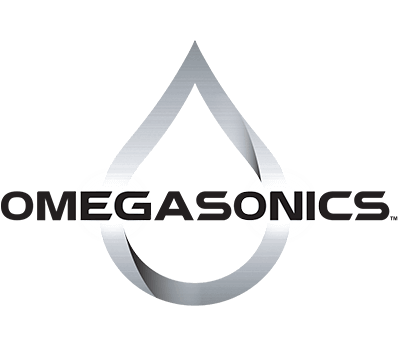Many of the parts we place in ultrasonic cleaning systems don’t need—or can’t stand—detergents. Semiconductor wafers, some surgical instruments, many printed circuit boards, delicate antiques, and dental prosthetics are just a few of them. For parts like these and many more, the best cleaning solution to use in ultrasonic cleaners is de-ionized water. It seems to fly in the face of everything our moms taught us when we were children (“You BETTER have used soap to wash those hands, mister”), but in some cases de-ionized (DI) water does a more effective job than cleaning with other solutions.
To understand why DI water works so well for ultrasonic cleaning, we first need to understand what it is. Water we get from the Earth, whether it comes from the ground, the surface, or the air, contains some level of contaminants, dissolved minerals, and organic substances; this includes materials such as dirt or dust, pollen, mold, bacteria, algae, spores, salts, halogens, metals, and other organic and inorganic matter.
Passing this water through filters can remove a good portion of the particulate and organic content, but water must be demineralized, or de-ionized, to remove all of the other compounds dissolved in the water. DI water is pure, with only trace amounts of any other substance (in the parts-per-billion or –trillion range).
When used in ultrasonic cleaning applications, DI water acts like a sponge. It absorbs contaminants and particles readily, and cleans actively. Its purity promotes the formation of cavitation bubbles in ultrasonic cleaners. It is a diverse cleaner, removing a wide range of contaminants from parts.
When it is used with a detergent, its lack of mineral content allows the detergent to focus on cleaning the part, not removing contamination from the water itself.
DI water is also excellent as a second-stage rinsing agent to remove all trace amounts of cleaning solution left behind after parts have been washed in a detergent. Parts can be placed in a bath of DI water for rinsing, or put through a short second ultrasonic cleaning cycle in DI water.
In either case, the cleaning effectiveness of DI water improves if it is heated slightly to around 110 to 120° F. For the best possible results, we should use DI water in all stages of a counter-current multi-stage cleaning system to avoid re-contaminating parts. This will also leave a spot-free surface behind when dry.
It’s important to understand that not all parts can be cleaned only with DI water. Some materials like grease, oil, and carbon are difficult to remove with water (no matter how pure it is), and need the helping hand of a detergent.
But for those parts that can be harmed by detergents, ultrasonic cleaning with DI water is a very effective way of getting them clean, and also works as an efficient rinse agent to remove all traces of cleaning solution from parts that must be clean and spotless.
For more information on ultrasonic cleaners, visit the Omegasonics website. You can also find us on LinkedIn and Twitter.

